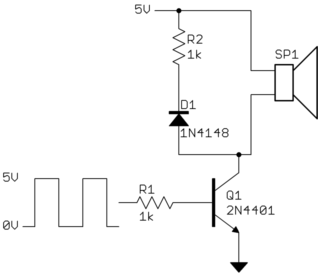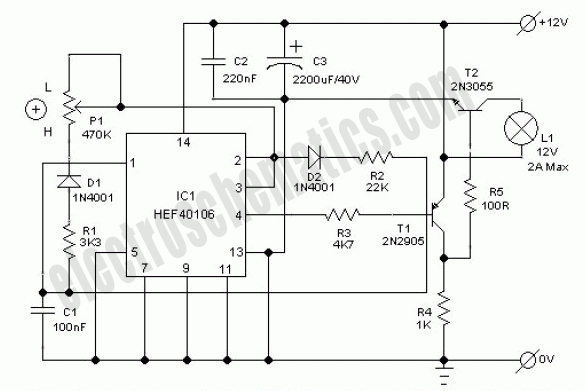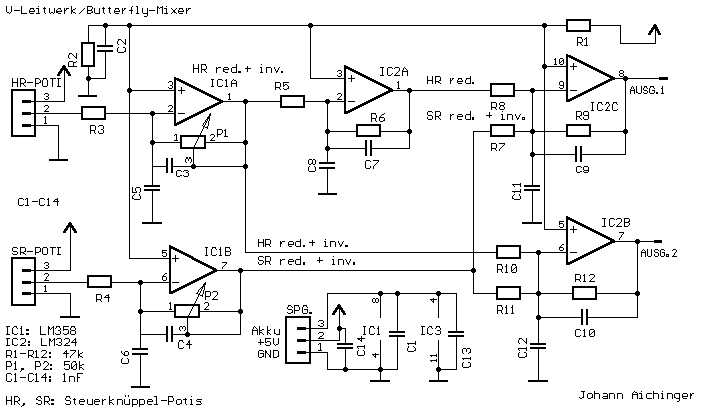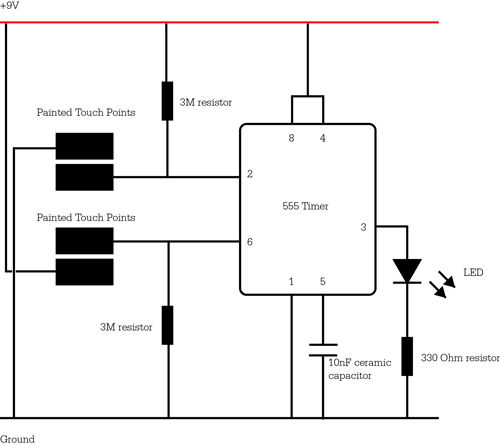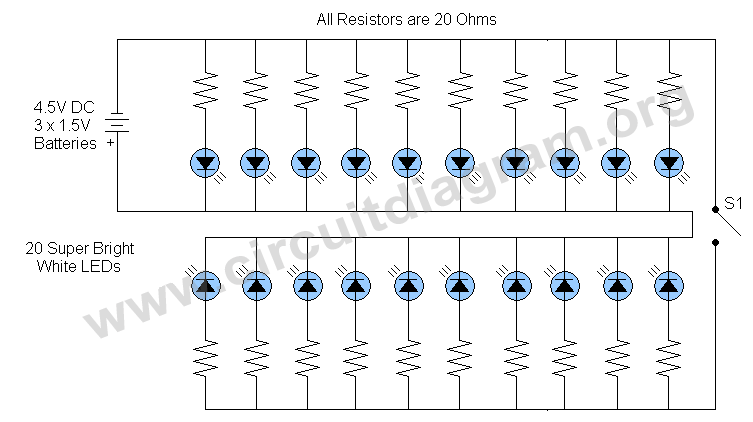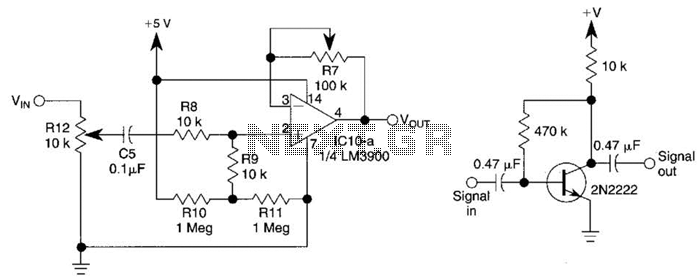
Spring Reverb circuit
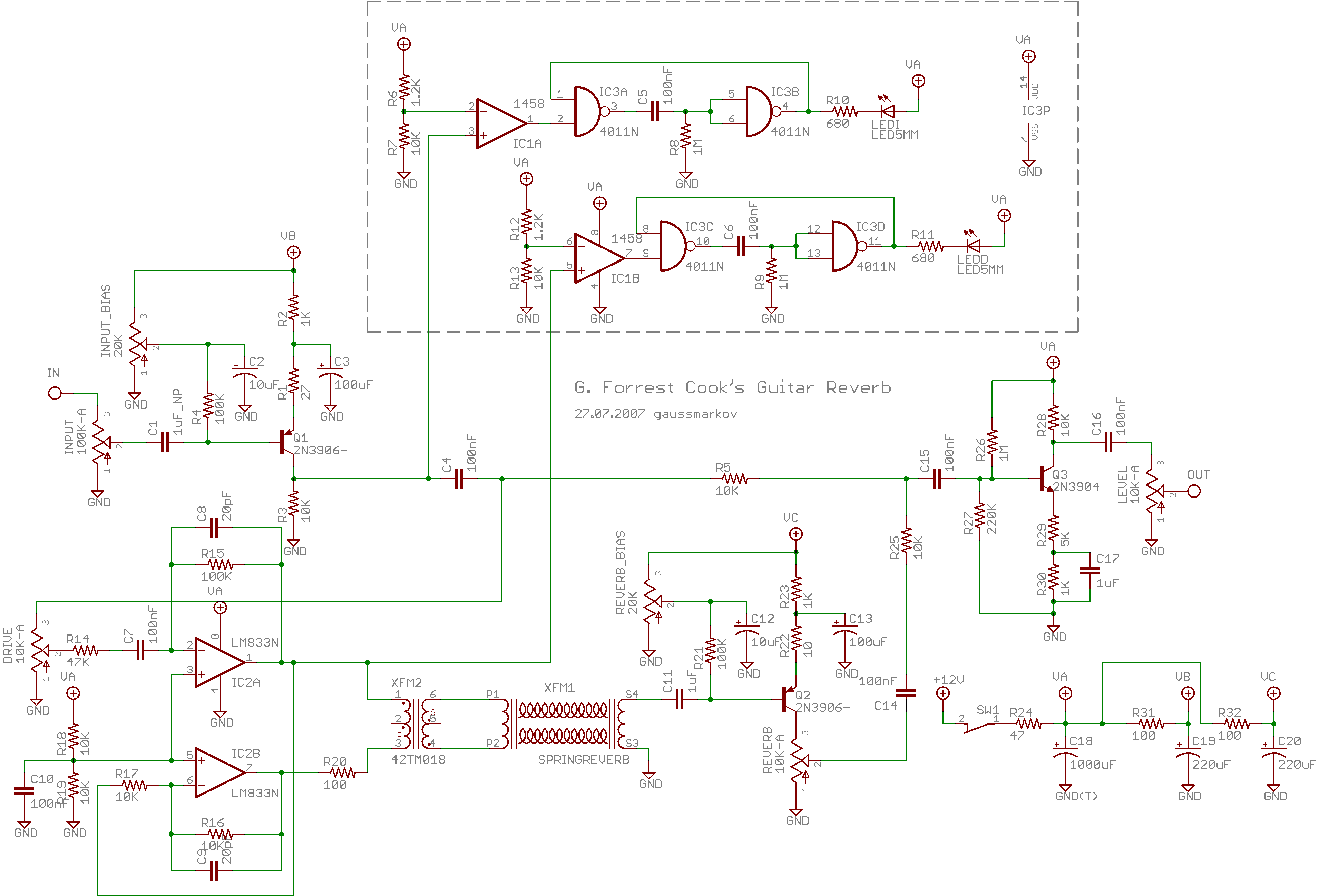
Spring reverb produces a clean and natural sound, often perceived as exceptionally good for a spring reverb. However, when the reverb springs are struck forcefully, they create explosive dub-like effects.
Spring reverb is an analog sound processing technique that utilizes a set of metal springs to generate reverberation effects. The core of the circuit involves a transducer that converts an audio signal into mechanical vibrations, which travel along the springs. At the other end of the springs, another transducer captures the vibrations and converts them back into an audio signal. This process creates a unique, resonant sound that can enhance musical performances or recordings.
In a typical spring reverb circuit, the audio input is fed into a driver circuit that excites the springs. The driver often includes an operational amplifier configured to provide sufficient gain and control over the signal. The springs themselves are usually housed in a metal chassis to prevent external noise interference.
The output from the receiving transducer is then processed through an equalization stage to tailor the frequency response of the reverb effect. This stage can include passive or active components, allowing for adjustments to enhance the tonal quality of the reverberated sound.
Additional features may include control knobs for adjusting the reverb depth, decay time, and mix level, enabling users to fine-tune the effect to their liking. Spring reverb circuits are often integrated into guitar amplifiers, synthesizers, and standalone effects units, making them versatile tools for sound design. The ability to create both subtle ambiance and dramatic explosive effects makes spring reverb a popular choice among musicians and audio engineers.spring reverb It sounds really clean and natural almost too good to be a spring reverb. But when you whack the reverb springs - *POW* - you get dub explosions.. 🔗 External reference
Spring reverb is an analog sound processing technique that utilizes a set of metal springs to generate reverberation effects. The core of the circuit involves a transducer that converts an audio signal into mechanical vibrations, which travel along the springs. At the other end of the springs, another transducer captures the vibrations and converts them back into an audio signal. This process creates a unique, resonant sound that can enhance musical performances or recordings.
In a typical spring reverb circuit, the audio input is fed into a driver circuit that excites the springs. The driver often includes an operational amplifier configured to provide sufficient gain and control over the signal. The springs themselves are usually housed in a metal chassis to prevent external noise interference.
The output from the receiving transducer is then processed through an equalization stage to tailor the frequency response of the reverb effect. This stage can include passive or active components, allowing for adjustments to enhance the tonal quality of the reverberated sound.
Additional features may include control knobs for adjusting the reverb depth, decay time, and mix level, enabling users to fine-tune the effect to their liking. Spring reverb circuits are often integrated into guitar amplifiers, synthesizers, and standalone effects units, making them versatile tools for sound design. The ability to create both subtle ambiance and dramatic explosive effects makes spring reverb a popular choice among musicians and audio engineers.spring reverb It sounds really clean and natural almost too good to be a spring reverb. But when you whack the reverb springs - *POW* - you get dub explosions.. 🔗 External reference
